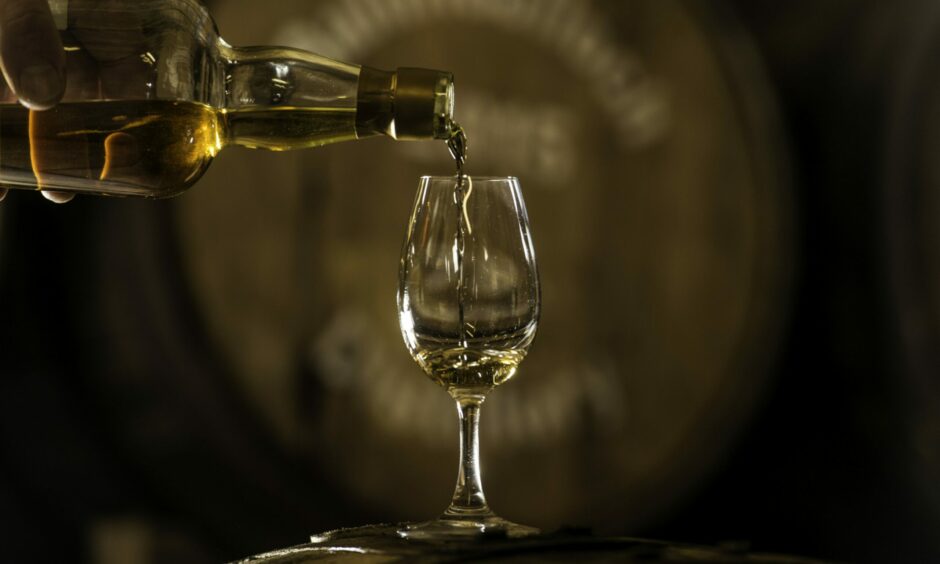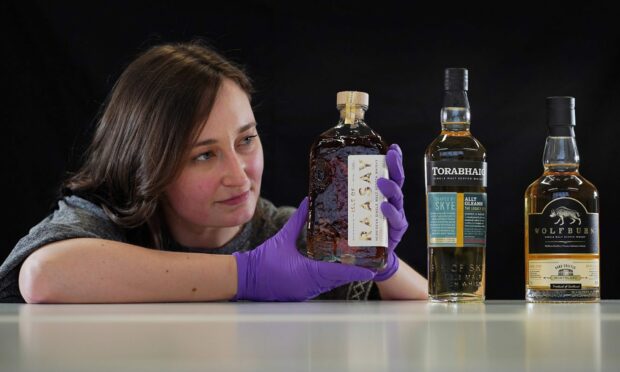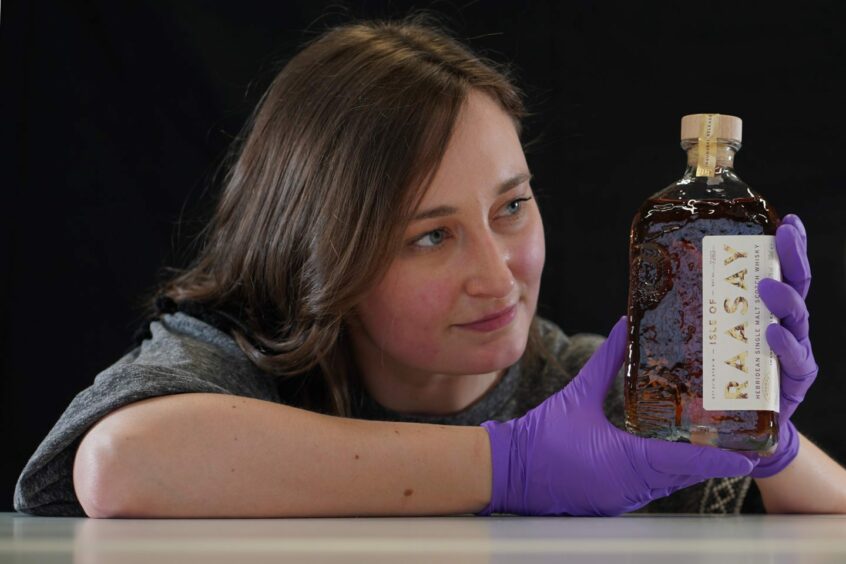National Museums Scotland has unveiled a new collection of whiskies which includes unique bottles from Raasay and Skye, which offer an insight into the industry.
Whisky is not just the UK’s biggest drinks export, sending bottles to 166 countries, but also the lifeblood of some of Scotland’s smallest communities.
In the past, whisky distilleries built in remote locations across Speyside, the Highlands and islands could produce whisky, even though it was illegal.
Small communities on islands such as Islay, Jura, Raasay and Skye have thrived on the back of the whisky industry.

These four islands collectively have 21 distilleries but have less than 17,000 people between them.
As part of World Whisky Day on May 21, National Museums Scotland has curated a collection of 14 distinct whiskies reflective of the last decade.
Some highlights of the collection include a bottle acquired from the Isle of Raasay Distillery textured with fossil details from the region’s geological topography.
Torabhaig Distillery named its Allt Gleann whisky after one of the burns that provides the distillery with spring water needed for distillation.
‘Insight into one of our leading industries’
The slogan “Shaped by Skye” shows that the whisky has been forged by the island’s rugged landscape.
One of the most important new developments in the centuries-old whisky distilling process is the move to more sustainable methods.
Sustainable distilling practices are being explored by distilleries across the islands, including Nc’nean, Ardnamurchan and Bunnahabhain.
Acquisitions were made as part of a sixth-month Student Development Fund Project travelling across Scotland searching for distinctive characters for the collection.
Laura Scobie, a doctoral researcher at National Museums Scotland, said: “I’m delighted to add such fascinating examples of material culture associated with contemporary Scottish whisky to the national collection, from actual bottles of whisky to surprising artistic responses from local makers.
“These items not only provide an insight into one of our leading industries but reveal a picture of Scotland in the early 21st century that will now be preserved for generations to come.”


Conversation